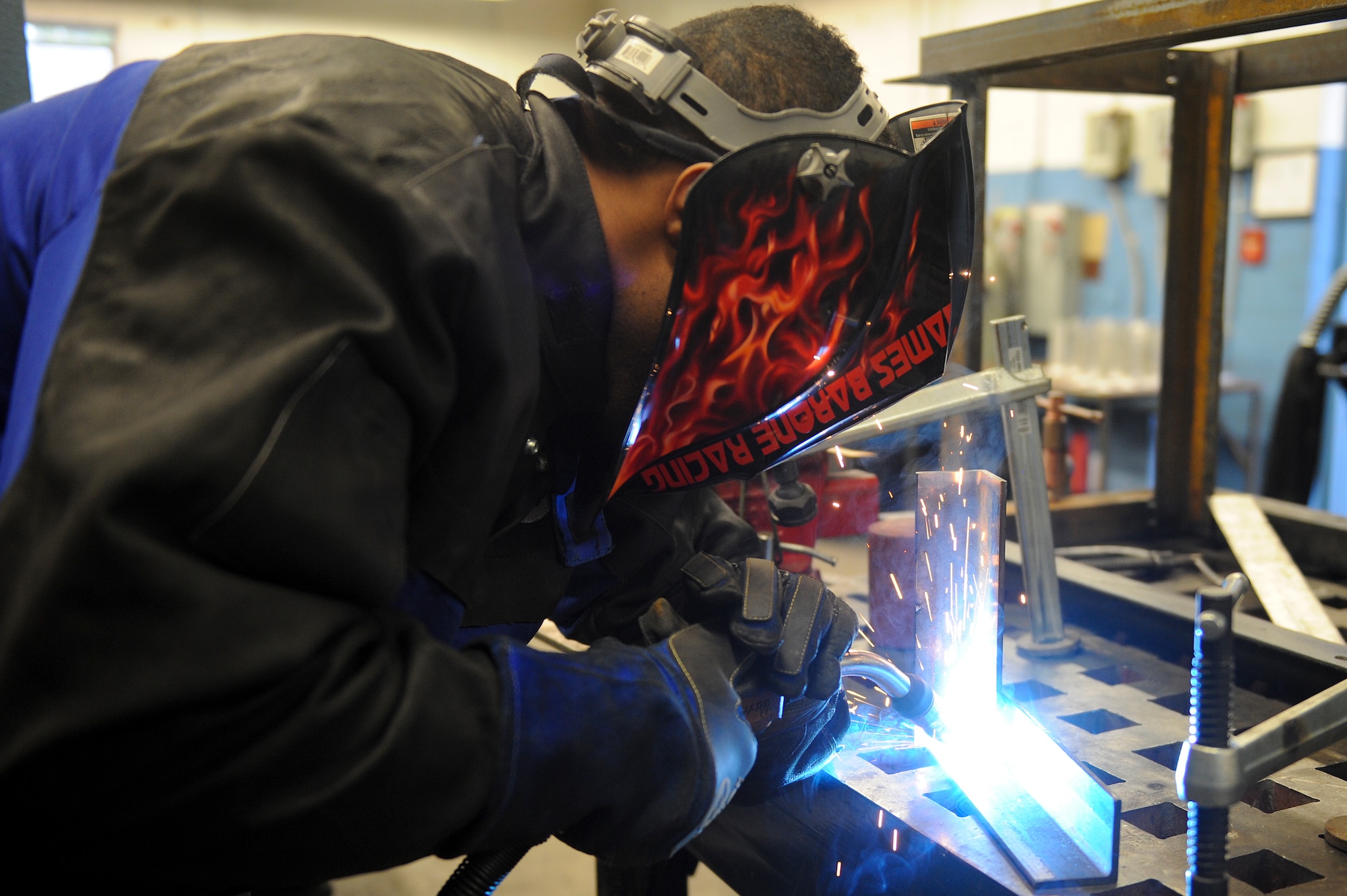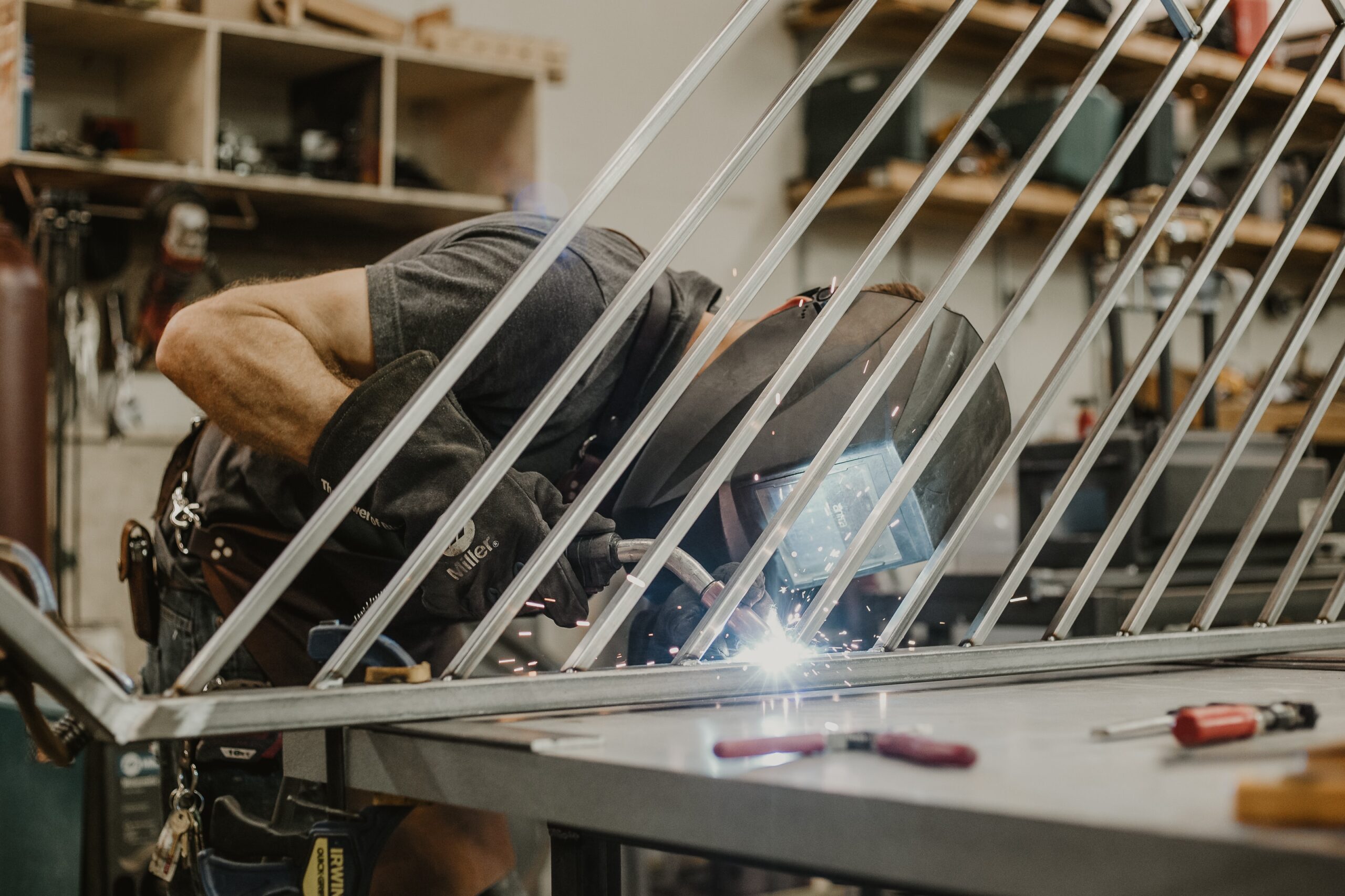Usual Welding Repair Service Issues and Exactly How to Address Them Efficiently
Welding fixings often come across a series of problems that can jeopardize the integrity of the end product. Common problems include poor penetration, porosity, and imbalance, to name a few. Each problem presents unique difficulties that need specific strategies for resolution. Recognizing these problems is vital for welders intending to improve their outcomes and skills. This conversation will certainly check out these usual welding repair service issues and reliable methods to resolve them.
Inadequate Penetration
Poor penetration happens when the weld steel fails to totally fuse with the base material, resulting in weak joints and prospective structural failings. This concern commonly originates from insufficient warm input, inaccurate electrode angle, or improper welding rate. Welders might come across poor penetration due to a mistake of the required criteria for a specific product thickness or type. In addition, contamination on the base product's surface area can hinder reliable bonding, exacerbating the trouble. To address poor infiltration, welders must ensure appropriate settings on their equipment and preserve a clean work surface. Normal examination of welds is recommended to recognize any type of deficiencies early, enabling timely modifications and the prevention of jeopardized architectural stability in welded settings up.
Porosity
Porosity is an usual defect in welded joints that shows up as little gas bubbles entraped within the weld metal. This defect can jeopardize the stability of the weld, resulting in decreased stamina and prospective failure under stress. Welding. Porosity usually arises from contamination, dampness, or incorrect welding strategies, which allow gases to get away into the liquified weld pool. To address porosity, welders need to ensure appropriate surface prep work, preserve a tidy workplace, and utilize appropriate welding criteria. Furthermore, picking the ideal filler product and shielding gas can mitigate gas entrapment. Regular inspection and testing of welds can assist determine porosity early, guaranteeing timely rehabilitative actions are taken, thereby protecting the top quality and integrity of the welded framework
Misalignment
Imbalance in welding can occur from various aspects, consisting of incorrect arrangement and thermal development. Comprehending the origin is important for efficient resolution. Numerous correction methods are available to realign parts and guarantee structural integrity.
Root causes of Misalignment
Welding imbalance commonly comes from a selection of underlying issues that can jeopardize architectural integrity. One primary reason is improper fit-up of components prior to welding, which can bring about gaps and unequal surface areas. Variations in thermal development throughout the welding procedure can likewise result in distortion, especially if the materials being signed up with have different coefficients of expansion. Furthermore, insufficient clamping and fixturing may fail to hold elements firmly in position, causing movement throughout welding. Improperly conserved tools, including welding makers and devices, may introduce incongruities in the weld grain, additional adding to misalignment. Lastly, operator mistake, originating from not enough training or experience, can additionally play a considerable duty in creating misaligned welds.
Modification Techniques Available
Addressing misalignment properly needs a combination of restorative strategies tailored to the specific issues at hand. One typical technique is making use of jigs or components to hold components in the proper position during welding, ensuring constant alignment. Furthermore, pre-heating the materials can help in reducing distortion and enhance fit-up. For substantial imbalance, mechanical adjustment methods, such as using hydraulic jacks or clamps, can be utilized to deal with the placement before welding. Post-weld warmth treatment might also be needed to soothe tensions caused by misalignment. Cautious assessment and modification throughout the setup stage can protect against imbalance problems from coming to be significant issues, promoting a smoother welding procedure and improving overall architectural integrity.
Distortion
Distortion is an usual challenge in welding that can emerge from numerous elements, consisting of uneven home heating and air conditioning. Comprehending the root causes of distortion is necessary for executing reliable prevention strategies. Addressing this concern not only improves architectural honesty but also improves the total high quality of the weld.
Causes of Distortion
When based on the extreme heat of welding, materials commonly go through adjustments that can cause distortion. This sensation mainly emerges from thermal development and contraction throughout the welding procedure. As the weld area heats up, the material broadens; upon cooling, it contracts, which can produce interior stress and anxieties. On top of that, irregular heating throughout a work surface can worsen these stress and anxieties, causing bending or flexing. The kind of material likewise plays a considerable role; steels with differing thermal conductivity and coefficients of growth might respond differently, leading to unpredictable distortions. In addition, inadequate joint design and inadequate fixturing can add to misalignment during welding, boosting the likelihood of distortion. Understanding these causes is essential for efficient welding repair work and avoidance approaches.
Prevention Techniques
Efficient avoidance strategies for distortion throughout welding focus on regulating heat input and guaranteeing appropriate joint layout. Maintaining a constant warm input assists to lessen thermal development and contraction, which can bring about distortion. Using techniques such as pre-heating the work surface can also minimize the temperature slope, promoting consistent home heating. Furthermore, selecting proper joint designs, such as T-joints or lap joints, can boost stability and minimize anxiety concentrations. Carrying out proper fixturing to secure the work surfaces in location even more aids in keeping alignment throughout the welding process. Staggered welding sequences can distribute heat much more equally, stopping local distortion. By using these approaches, welders can substantially decrease the likelihood of distortion and boost the overall quality of their welds.
Fracturing
Fracturing is a typical concern come across in welding fixings, typically arising from various aspects such as incorrect cooling prices, product option, or insufficient joint preparation. The gmaw welding incident of cracks can significantly endanger the honesty of the weld, resulting in prospective failures throughout procedure. To resolve this issue, welders should initially evaluate the origin creates, guaranteeing that products like it are suitable and properly picked for the particular application. Additionally, regulating the cooling rate during the welding process is crucial; rapid air conditioning can induce stress and anxiety and cause cracking. Proper joint layout and prep work likewise contribute to lessening the risk. Carrying out these techniques can enhance weld top quality and resilience, inevitably decreasing the probability of fracturing in finished weldments.

Insufficient Blend
A substantial problem in welding repairs is insufficient blend, which takes place when the weld metal does not adequately bond with the base material or previous weld passes - Belgrade Fabrication. This problem can bring about weaknesses in the joint, possibly compromising the integrity of the bonded framework. Aspects adding to insufficient fusion include inadequate heat input, inappropriate welding strategy, and contamination of the surfaces being signed up with. To resolve this issue successfully, welders ought to ensure correct pre-weld cleaning and surface area prep work, along with adjust their welding parameters to attain appropriate penetration and blend. Routine examination throughout the welding procedure can additionally help determine insufficient fusion early, permitting prompt corrective steps to improve the overall high quality of the weld
Overheating
While welding repair work can improve architectural honesty, overheating provides a considerable challenge that can lead to material deterioration. Extreme heat throughout welding can change the mechanical buildings of steels, visit this site right here leading to minimized stamina, enhanced brittleness, and bending. This phenomenon is particularly vital in high-stress applications where structural dependability is paramount. Identifying getting too hot can include aesthetic assessments for discoloration or distortion, in addition to keeping track of temperature level throughout the welding process. To alleviate the dangers linked with getting too hot, welders must utilize proper techniques, such as controlling heat input, readjusting travel speed, and using suitable filler materials. Furthermore, implementing pre- and post-weld warmth treatments can aid bring back material buildings and improve the general high quality of the fixing, making sure long-lasting efficiency and security.
Regularly Asked Concerns
What Are the Typical Indicators of a Welding Issue?

How Can I Test My Welds for Quality?
To evaluate welds for high quality, one can utilize visual examinations, ultrasonic screening, and radiographic approaches. Each technique ensures structural integrity, identifies issues, and confirms adherence to defined standards, inevitably boosting the dependability of the welded joints.
What Safety Preventative Measures Should I Take While Welding?
When welding, one ought to prioritize safety by using ideal personal protective tools, ensuring proper air flow, safeguarding combustible products away, maintaining a tidy workspace, and knowing surroundings to stop accidents and injuries.
Can I Fix a Weld Without Renovating the Entire Joint?
Fixing a weld without remodeling the whole joint is possible, relying on the damage (Montana Mobile Welding and Repair Fabrication). Strategies such as grinding, adding filler product, or using a welding process can properly attend to particular defects while maintaining the bordering framework
What Tools Are Essential for Reliable Welding Services?
Necessary tools for efficient welding repair work consist of a welding maker, cord brush, mill, safety gear, clamps, and filler products. Each tool plays a crucial duty in guaranteeing high quality and safety during the repair service procedure. Porosity commonly emerges from contamination, dampness, or improper welding methods, which allow gases to run away into the liquified weld pool. Badly conserved devices, including welding equipments and tools, might introduce variances in the weld grain, additional adding to imbalance. When subjected to the extreme heat of welding, products typically undertake adjustments that can lead to distortion. Splitting is a common concern come across in welding repairs, often resulting from numerous aspects such as inappropriate air conditioning rates, product selection, or poor joint preparation. A considerable problem in welding repair services is insufficient fusion, which takes place when the weld metal does not properly bond with the base material or previous weld passes.